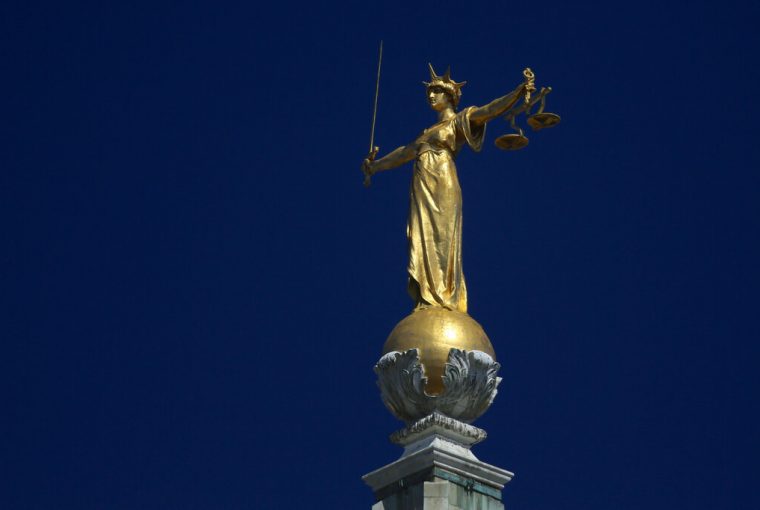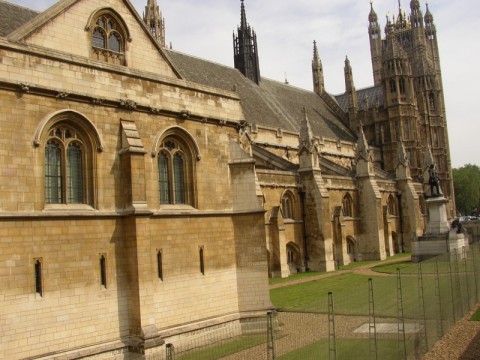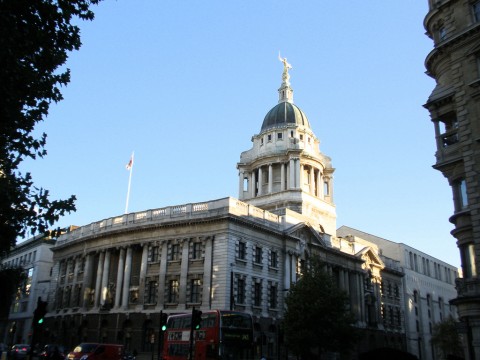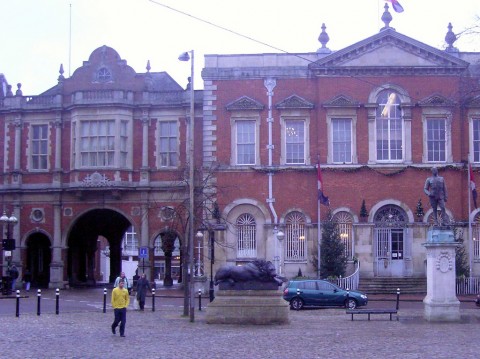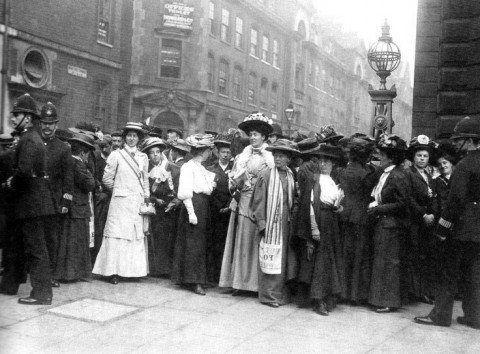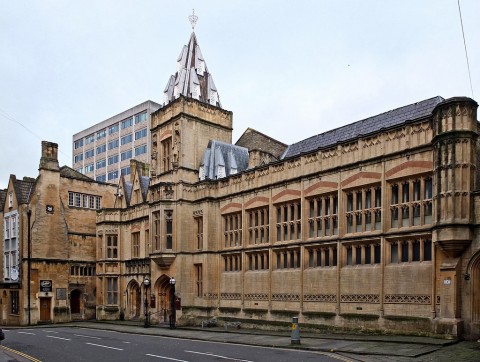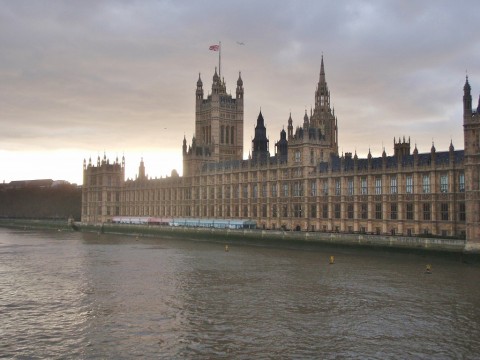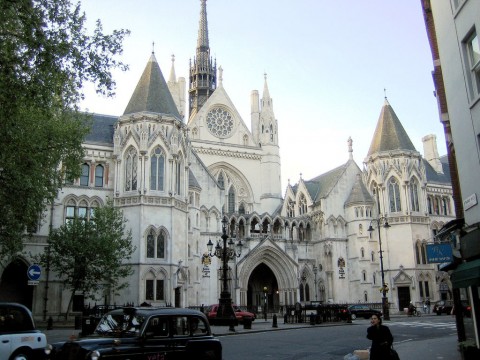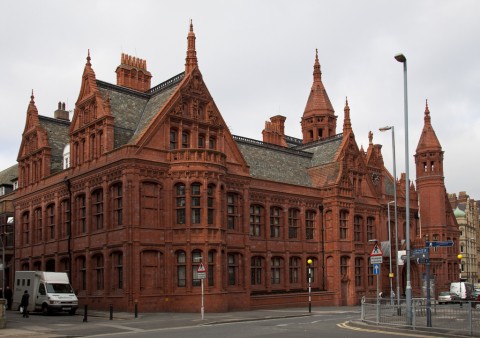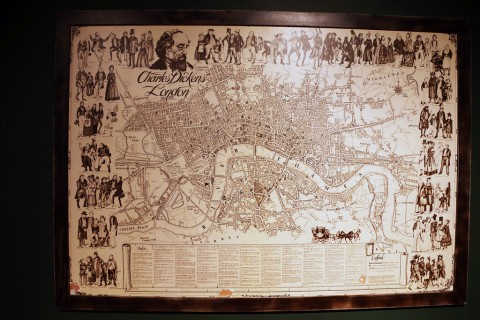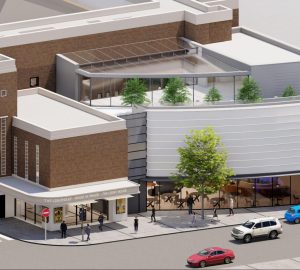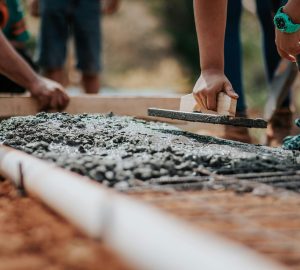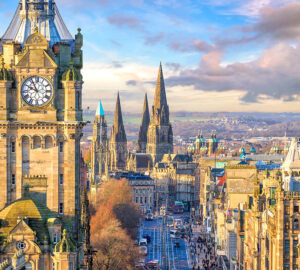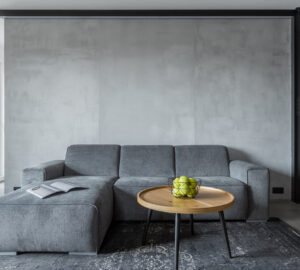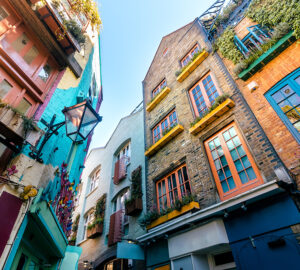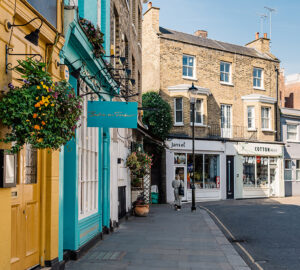The Courts of England and Wales have enjoyed a somewhat turbulent history that has taken in the creation and abolishment of innumerate courts, religious overhauls and even the execution of witches.
Until only 650 years ago, the Courts of England Wales used French as the primary language and up until the 20th century many legal terms were still expressed solely in Latin.
The various Courts of England and Wales were merged in 1873 under the Supreme Court of Judicature, but many of their historical buildings are still used today.
Westminster Hall – 1097
The oldest existing part of the Palace of Westminster, the Westminster Hall was the largest hall in Europe when erected. The hall has served a number of judiciary functions, housing the Court of King’s Bench, the Court of Common Pleas and the Court of Chancery until they were amalgamated into the High Court of Justice.
Westminster Hall has housed many of the UK’s most historically significant trials such as the state trial of King Charles I at the end of the English Civil War and the trail of Guy Fawkes.
So protective of Westminster Hall are us Brits that the only foreign leaders granted access to the building since World War 2 are Charles de Gaulle, Nelson Mandela, Pope Benedict XVI, Barack Obama and Aug San Suu Kyi.
Old Bailey – 1585
Now officially known as the Central Criminal Court of England and Wales, the first mention of a court on the site of the Old Bailey was in 1585.
Sat atop the court is a bronze statue of Lady Justice. Holding a sword in one hand and the scales of justice in the other, the statue reportedly represents blind justice.
Much of the Old Bailey building was heavily damaged during The Blitz, but the restored halls were opened again by 1952.
Aylesbury County Hall – 1740
Despite being named for neighbouring Buckingham, Aylesbury is the county town of Buckinghamshire, thanks in part to its larger population and predominant Court of Quarter Sessions, housed in County Hall.
The 18th century architecture of the building has been somewhat overshadowed by the adjoining 1960s office block built to accommodate an expanding workforce. This office block has been built in the brutalist style that was prevalent in the decade and has received a decidedly mixed reaction from the public.
Bow Street Magistrates’ Court – 1740
From rather innocuous beginnings, Bow Street Magistrates’ Court became England’s most famous court for much of its life. Established when Westminster Justice, Colonel Sir Thomas de Veil, sat as a magistrate in his home at number 4.
The court’s early days were busied by the rise of crime due to gin consumption. Magistrate Henry Fielding once claimed that every fourth house in Covent Garden was a gin house.
A number of famous defendants have passed through the Bow Street Magistrates’ Court, including Emmeline Pankhurst, the Kray Twins, Oscar Wilde and General Pinochet.
Bristol Guildhall – 1840s
Across the road from the current Bristol Crown Court, Bristol Guildhall has most recently been moonlighting as Bristol’s Arts Centre. Built by famed British architect Richard Shackleton Pope, Bristol Guildhall was the city’s Crown Court venue for more than 150 years.
The beautiful façade and interiors were used for the sets of the TV series Crown Court.
House of Lords, Westminster Palace – 1851
Until the establishment of the Supreme Court in 2009, the House of Lords was still the final court of appeal in the British judicial system. Made up of Lords Temporal and Lords Spiritual, the House of Lords also scrutinises legal bills that have been given approval by the House of Commons.
The House of Lords was once the court that tried peers charged with treason or felony and was presided over by the Lord Chancellor.
Royal Courts of Justice – 1882
Housing both the High Court and Court of Appeal of England and Wales, the Royal Courts of Justice is still incredibly pertinent in the UK judiciary system. Formally opened in 1882 by Queen Victoria, the courts are still publicly accessible to members of the public.
The building of the courts was nearly compromised following a serious masons strike. Construction was resumed when foreign workmen – mostly German – were brought in to continue the work.
Victoria Law Courts – 1891
The Grade I listed, red brick and terracotta Victoria Law Courts in Birmingham is still to this day the home of the Birmingham Magistrates’ Court. A statue of Queen Victoria, created by Harry Bates, overlooks the entrance.
The Queen herself laid the foundation stone in 1887, during her Golden Jubilee year and was originally built to be the first assize courts in Birmingham.
Middlesex Guildhall – 1913
Home of the Supreme Court of the United Kingdom and of the Judicial Committee of the Privy Council; the Middlesex Guildhall stands on the south-west corner of London’s Parliament Square.
Decorated with medieval gargoyles, the art nouveau gothic building was built on the site of a market ageing back to 1750.
Moving the Supreme Court to Middlesex Guildhall attracted significant criticism in 2007. Conservative groups believed that too much renovation work would have to be carried out on the Grade II listed building.
Inner London Sessions Crown Court – 1917
The Inner London Sessions Crown Court is the current incarnation on the site upon which there has been judicial building continuously since 1794.
Based in Newington, London, the building is immediately to the north west of the Newington Gardens, the former location of the Horsemonger Lane Gaol – made famous by Charles Dickens’ attendance of public hangings.
